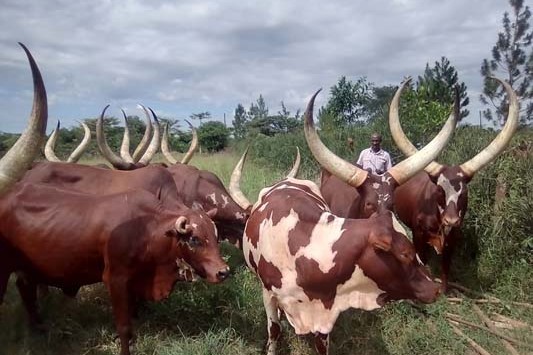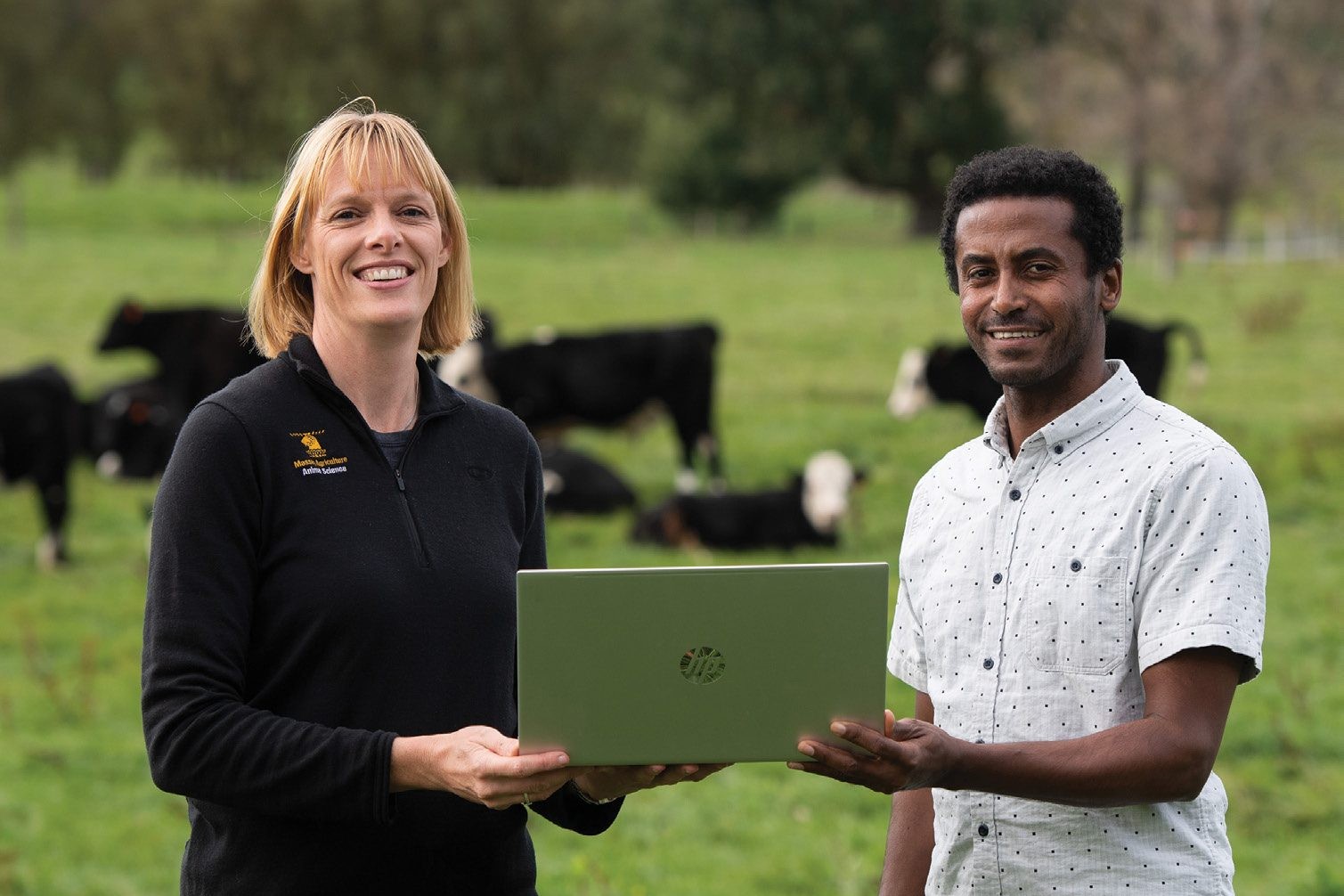By KAREN TREBILCOCK
Farmers who have closed herds are frustrated as they come under scrutiny for Mycoplasma bovis a second season in a row with their bulk tank milk (BTM) sampling returning positive which is then cleared. Positive BTMs, also known as a detect, in spring affect calves leaving the farm including bobbies and having multiple herds at the time (milkers, colostrum and late calvers) compounds the problem.
- bovis programme director Stuart Anderson says they do not know what causes false positive BTM tests.
“Generally, over 95% of BTM detects reported confirm no infection is present after onfarm investigations are completed.
“Similar to human health screening tests, false positives are to be expected for screening tests, and confirmatory testing needs to take place onfarm.”
The BTM remains an important tool to eradicate M. bovis from the country.
“To date we have been able to find 17 infected dairy farms through BTM, three of these in August last year which led us to find what we now refer to as the Canterbury cluster.
“It is essential that bulk tank milk screening continues to help find those few remaining infected farms we’ve been unable to track from infected properties, due to incomplete NAIT records and other unrecorded or unidentified risk events.
“The other significant role the BTM surveillance currently plays is providing confidence that M. bovis is not widespread in the dairy sector and this surveillance will play a key part in providing confidence that the disease is absent from New Zealand.”
There were 61 August detects through BTM and he says MPI expects most will be ruled out, “however it should not be unexpected to find truly infected farms”.
“We have managed to move most of those farms very rapidly through the onfarm testing process, within two weeks or in some cases even more swiftly, which is a significant improvement from earlier stages of the programme.”
First detected on a South Canterbury dairy farm in July 2017, MPI is still investigating how M. bovis entered NZ. “Genomic analyses along with tracing information and the absence of widespread infection found via background surveillance are crucial pieces of evidence that support a recent introduction.
“While we have yet to confirm the source for the outbreak beyond doubt, we continue to investigate a number of potential risk pathways.”
Legal action by MPI against Southland dairy farmer Alfons Zeestraten, from the Netherlands, whose four farms milking 2500 cows were believed to be the source of the infection, ended last year. The charges related to a container of farm machinery imported in 2018, after M. bovis was already in the country.
The 1200 hectares, farmed as Southern Centre Dairies, was sold in late 2019 after they were destocked and cleaned by MPI.
“Genomics continue to tell us the infections we have found are all from a single strain and no new strain has been identified that would suggest M. bovis has been unable to get in since,” he says.
Spread within NZ has been from movement of infected animals, mainly calves, between farms and the use of infected milk for calf rearing.
“Most importantly, not knowing the source does not prevent us from being able to eradicate the disease,” he says.
MPI is confident border biosecurity measures are now robust enough to stop it getting in again.
Cattle imports, which had been occurring from Australia, were suspended in 2017 after the outbreak and with no suitable testing options for M. bovis for individual cattle, new risk analysis work would need to be undertaken and is yet to be prioritised, he says.
A new import health standard was issued on August 25 for importing bovine semen and embryos which requires both to be tested for M. bovis before being brought into the country.
“The eradication of M. bovis has been one of the most significant biosecurity challenges we have faced in New Zealand.
“Allowing the disease to spread would have caused an estimated $1.3 billion in lost productivity in our vital cattle sectors in the first 10 years alone.
- At mid-September: 268 cleared properties and two remaining classed as active infections.





